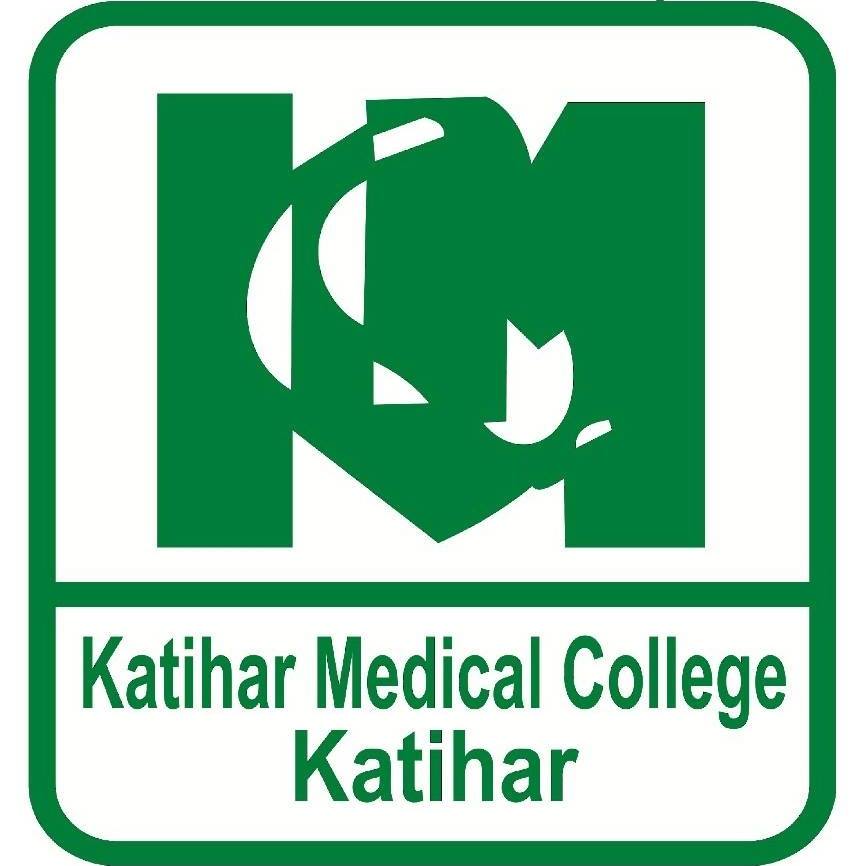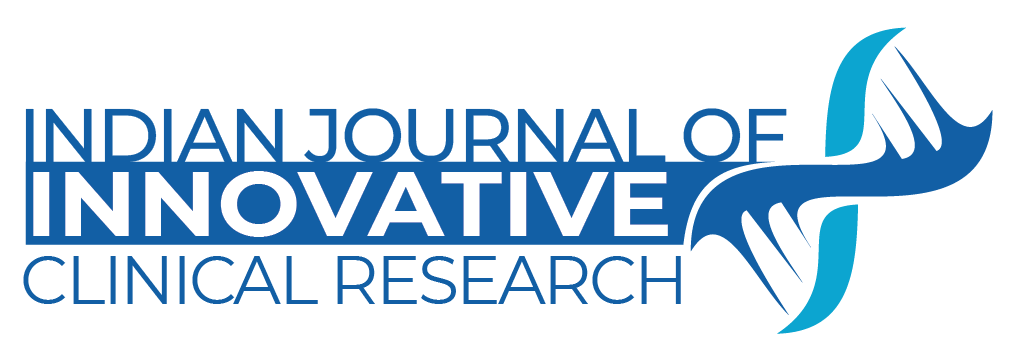Journal Menu
- Home
- Aims & Scope
- Editorial Board
- Article Preperation Guideline
- Online Submission
- Articles Early View
- Current Issue
- Archive
- Membership
- Reprints
A retrospective study comparing exchange transfusion and double surface phototherapy for the therapy of neonatal jaundice
Article Information
Newborns frequently suffer from neonatal jaundice, which frequently necessitates medical attention. Selecting between intensive phototherapy and exchange transfusion is essential for successful treatment and avoiding side effects like kernicterus. The safety and effectiveness of exchange transfusion and doublesurface phototherapy in treating severe infant jaundice are compared in this study. Forty-five newborns with severe hyperbilirubinemia were the subject of a six-month retrospective analysis at Anugrah Narayan Magadh Medical College in Gaya, from January to June 2024. Two groups of patients were created: Group B (n=22) received exchange transfusions, while Group A (n=23) received double-surface phototherapy. The outcomes demonstrated that, in comparison to exchange transfusion, double-surface phototherapy successfully reduced bilirubin levels with fewer side effects. The outcomes demonstrated that, in comparison to exchange transfusion, double-surface phototherapy successfully reduced bilirubin levels with fewer side effects. Group B demonstrated a bilirubin reduction of 9.1 ± 2.3 mg/dL (p=0.14), whereas Group A exhibited a mean reduction of 8.2 ± 2.1 mg/dL. Group A experienced considerably fewer complications (8.7%) than Group B (27.3%) (p<0.05). According to the results, in some situations, doublesurface phototherapy may be a safer and more efficient option for treating severe infant jaundice than exchange transfusion.


